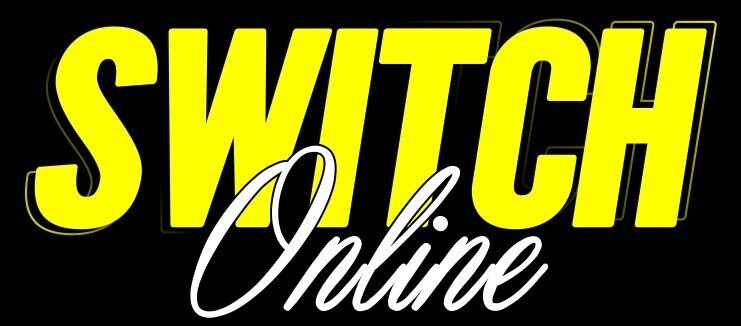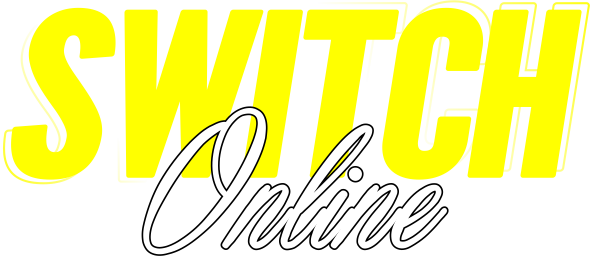

- Home
- Blog
- Single Post
Marketing Psychology You Shouldn’t Ignore: 7 Proven Strategies to Boost Sales
In today’s competitive e-commerce landscape, understanding marketing psychology is no longer optional—it’s essential. The way you present your products, frame your offers, and communicate value can make or break a sale. Subtle psychological triggers influence customer behavior, often without them even realizing it.
If you’re not leveraging these psychological principles in your marketing strategy, you’re leaving money on the table. In this blog, we’ll explore seven key marketing psychology techniques that can significantly impact your conversion rates and overall business success.
1. The Power of Pricing Psychology: 99 Feels Cheaper than 100
Don’t: Price at 100 Do: Price at 99 (It feels cheaper)
Pricing is one of the most powerful psychological triggers. Research shows that charm pricing (ending prices in .99 or .95) makes a product seem significantly cheaper than rounding up to the nearest whole number. Even though the difference between $100 and $99 is just one dollar, the perception of affordability is much greater with the latter.
Why It Works:
- Customers tend to process prices from left to right, meaning they see “99” first and perceive it as lower.
- The brain associates rounded numbers with premium pricing and non-rounded numbers with deals or discounts.
💡 Tip: Test different pricing strategies and monitor conversion rates. For luxury products, rounded pricing might actually work better, as it reinforces exclusivity.
2. Creating Urgency: The Fear of Missing Out (FOMO)
Don’t: Say Buy Now Do: Say Only 3 Left in Stock!
Urgency triggers impulsive buying behavior. If customers believe a product is limited in availability, they are more likely to complete the purchase immediately rather than delaying the decision.
Why It Works:
- The scarcity principle suggests that people place higher value on things that are in short supply.
- Urgency reduces procrastination and encourages quick decision-making.
💡 Tip: Use countdown timers, low-stock alerts, and flash sales to create urgency without being deceptive.
3. Increasing Perceived Value: The Power of Premium
Don’t: Use Basic Do: Use Premium
The words you use to describe your products have a huge impact on how they’re perceived. Customers associate words like “premium,” “exclusive,” and “luxury” with higher value, even if the product is similar to others on the market.
Why It Works:
- Higher perceived value justifies a higher price.
- Customers equate quality with premium terminology, even when the actual product remains unchanged.
💡 Tip: Position your product as the best choice by using power words in product descriptions and branding.
4. Social Proof & FOMO: The “Most Popular” Effect
Don’t: Label a product as Standard Do: Label a product as Most Popular
Humans are naturally inclined to follow the crowd. When we see others choosing a particular option, we tend to trust their judgment and make the same choice.
Why It Works:
- People rely on others’ choices to reduce decision-making stress.
- It triggers FOMO (Fear of Missing Out), making people more likely to purchase.
💡 Tip: Highlight best-selling products and showcase customer reviews prominently to increase social proof.
5. The Scarcity Effect: Limited Edition Increases Demand
Don’t: Say Few Available Do: Say Limited Edition
Scarcity makes products appear more desirable. When something is labeled as “Limited Edition,” it creates a sense of exclusivity and encourages customers to act fast.
Why It Works:
- Customers fear missing out on unique opportunities.
- Limited editions encourage collectors and enthusiasts to buy immediately.
💡 Tip: Use limited-time offers and exclusive product drops to boost demand.
6. Selling Benefits, Not Just Features
Don’t: Highlight Features Do: Highlight Benefits (Sell solutions, not features)
Customers don’t buy products—they buy solutions to their problems. While features describe what a product does, benefits explain how it improves the customer’s life.
Why It Works:
- Emotional triggers influence buying decisions more than logical reasoning.
- Benefits connect directly to customer pain points and desires.
💡 Tip: Instead of saying, “This vacuum cleaner has a 1200W motor,” say, “Experience effortless deep cleaning with powerful suction.”
7. The Right Pricing Language: Affordable vs. Cheap
Don’t: Say Cheap Do: Say Affordable
Pricing language shapes customer perception. “Cheap” implies low quality, while “affordable” suggests great value for the price.
Why It Works:
- Customers associate low cost with poor quality.
- “Affordable” maintains positive brand positioning.
💡 Tip: Instead of promoting discounts, emphasize value-for-money and long-term savings.
8. Personalization: Exclusive Deals Feel Special
Don’t: Say Discount Do: Say Exclusive Deal for You!
Customers love feeling special and valued. Instead of generic discounts, make offers feel personalized to boost engagement and conversions.
Why It Works:
- Customers respond better to tailored offers.
- It fosters a sense of exclusivity and brand loyalty.
💡 Tip: Use email marketing and retargeting ads to offer personalized deals to returning customers.
Final Thoughts: Apply These Strategies to Boost Sales
Marketing psychology isn’t just about clever tricks—it’s about understanding human behavior and using it ethically to enhance the customer experience. By making small tweaks to your wording, pricing, and messaging, you can increase conversions, boost brand trust, and drive more sales.
Post Related
How to Start Your E-commerce Business from Zero: A Step-by-Step Guide
Marketing Psychology You Shouldn’t Ignore: 7 Proven Strategies to Boost Sales

Switch Online is a results-driven agency helping eCommerce brands scale with expert services to maximize sales and profitability
© 2025 • SWITCH ONLINE • Ecommerce Marketing Agency in Delhi-NCR, India